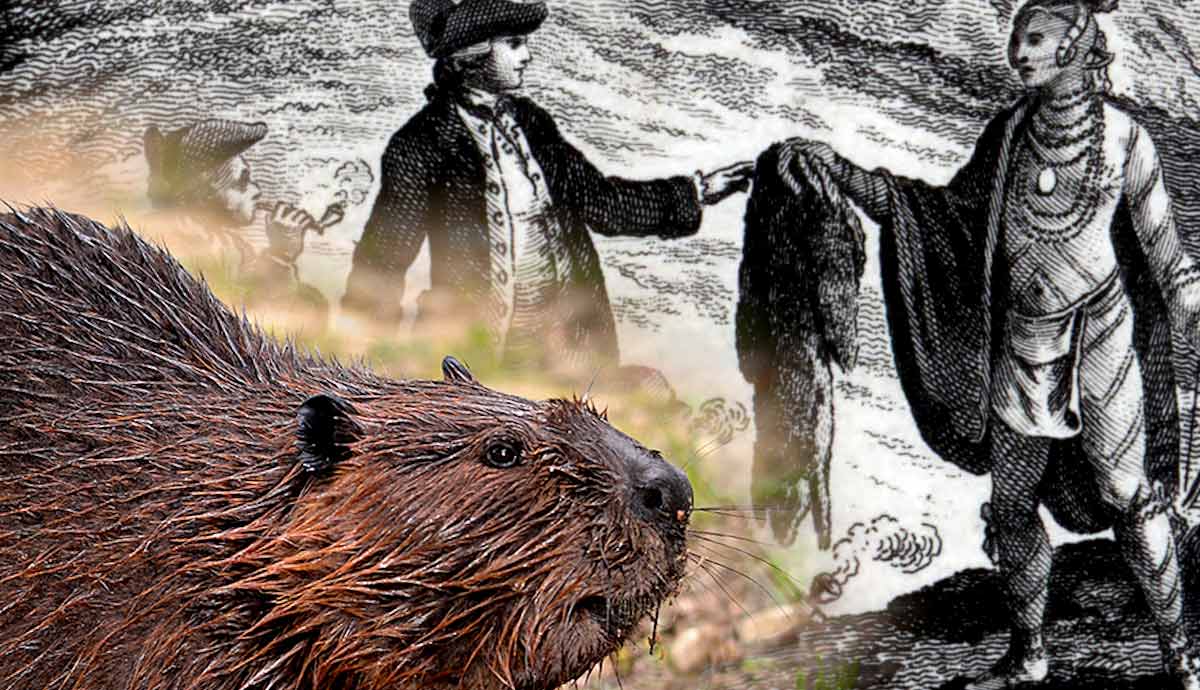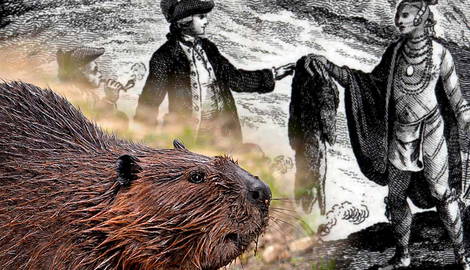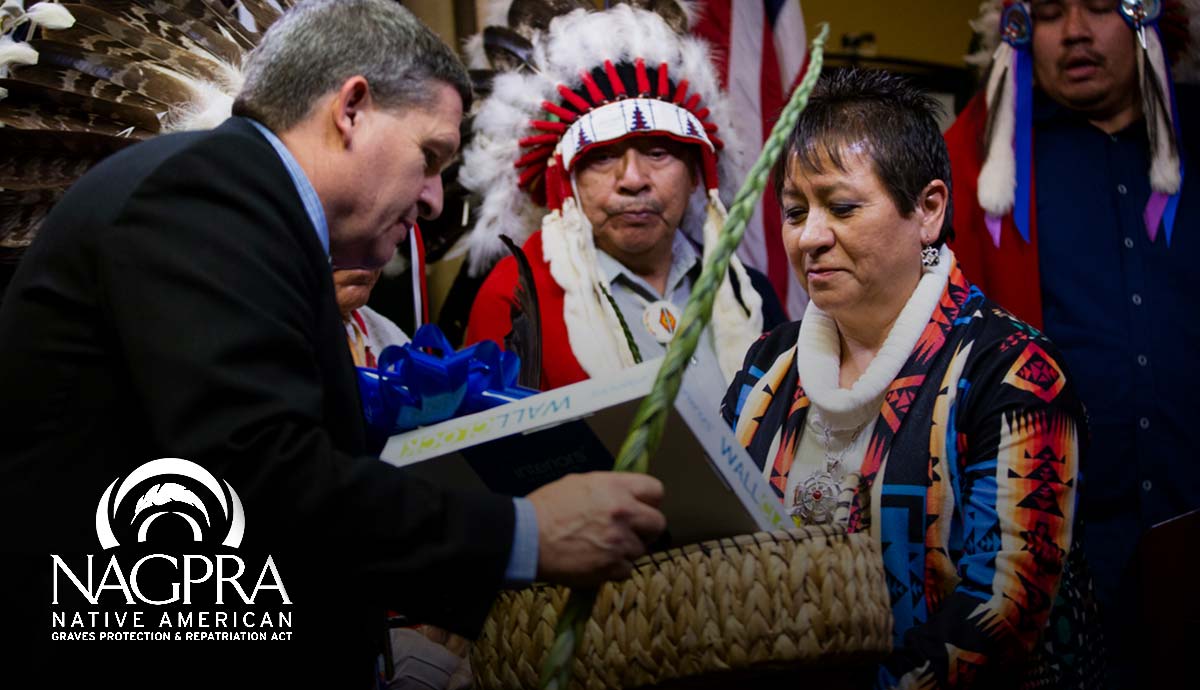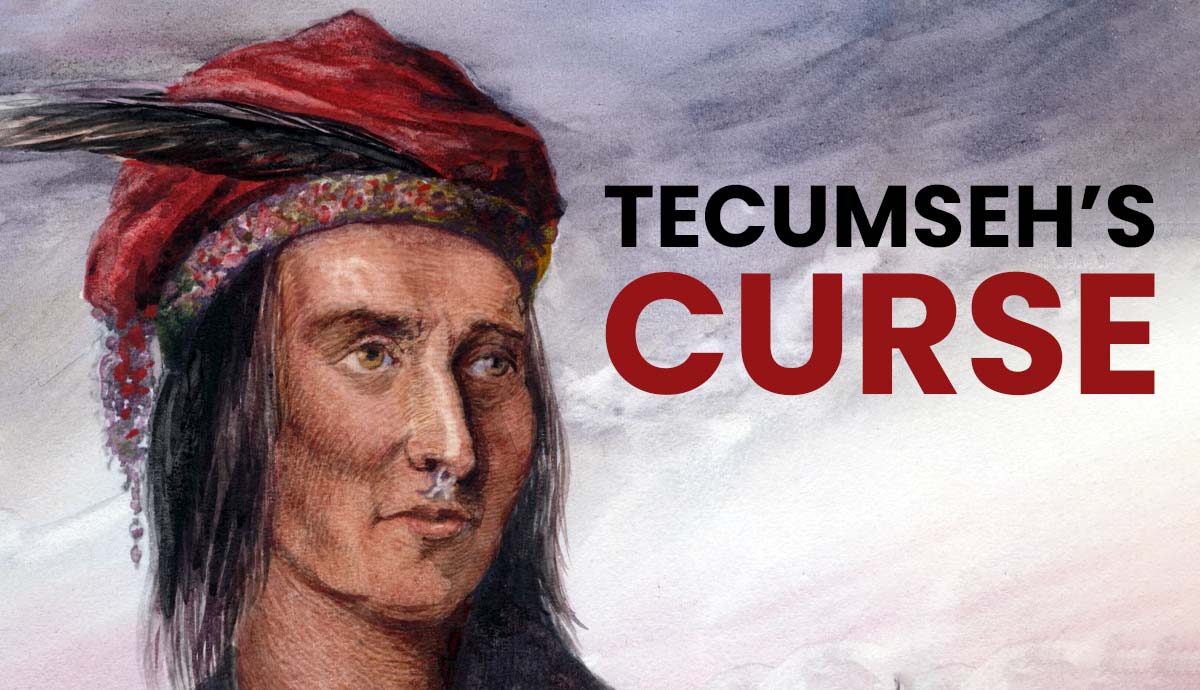
The fur trade that occupied a great area of the future United States and Canada during the seventeenth and early eighteenth centuries allowed European-based explorers and businessmen to amass great wealth and spread their influence. However, the Indigenous people who enabled much of this prosperity were led to conflict to maintain its success. Specifically, the Algonquin people and Iroquois, or Haudenosaunee, Confederacy would be pulled into an all-out war to preserve their regional economic power and alliances with the European forces.
A Booming Trade in the New World

The first fur trade in North America occurred in Canada between Native Americans and European fishermen visiting the area in pursuit of cod. The Indigenous people, who had been trapping, hunting, and utilizing furs for centuries, traded small pelts for items that the fishermen had, often metal-based, such as pots or knives. In the late 16th century, this trade would go from random to commercial when beaver-felt top hats became all the rage in continental Europe. Beaver top hats were the height of men’s fashion from this time well until the 19th century. A beaver hat was a sign of class and wealth, and the toppers were often valued as family heirlooms passed from father to son.

Not only was beaver considered fashionable, but beaver felt was practical as well. Beaver fur was especially suitable for the practice of creating felt, as the fur has little barbs at the ends that interlock when pressed. This creates a solid felt fabric that is water-repellent, excellent for the rainy climate of places like London. There were also many superstitions about beavers and their fur circulating in Europe at this time, which probably aided in the popularity of these hats. Some believed that wearing a beaver hat made one more intelligent or that a deaf person could become hearing by wearing one.

The French would become the first to capitalize on the fur trade, spreading throughout Canada and down into the future United States. In 1670, the English granted a charter to the Hudson’s Bay Company, which also became operational in Canada and later the United States. While Europeans were building forts and setting up shipping stations, Native Americans were and would continue to be the actual primary fur suppliers for both the French and the British. Two key groups were the Algonquin tribe, originally located in what would become Western Quebec and Ontario, and the Iroquois Confederacy, or the Haudenosaunee, originally located in parts of New York and the future middle colonies.
A Key Distinction: Algonquin vs. Algonquian

It is important to note that the Algonquin are not the same as the similarly spelled Algonquian people, though the Haudenosaunee would have conflicts with both over the centuries. While Algonquian refers to a group of different tribes that share linguistic and cultural traditions (including the Cree and Mi’kmaq), the Algonquin people belong to a cultural group known as the Anishinaabeg, shared with the Ojibwe and other tribes.
The Algonquin traditionally lived in birch bark structures called wigwams and occupied a patrilineal, or father-oriented, society. Their distinct language gave way to many historical and modern place names, particularly in Canada, including Quebec (kebec meaning “place where the river narrows” in Algonquin).
The Algonquin began interacting with the French in about 1603 and allied with them as the fur trade picked up. Also included in the alliance were the Innu (also known by the French term Montagnais or the Naskapi for the northern clans) and the Huron (also known as the Wendat or Wyandot).
The Haudenosaunee

The term “Iroquois,” like Algonquian, also refers to a language family that a group of tribes has in common. This historical group of five, which became six in 1772, includes the Mohawk, Cayuga, Oneida, Onondaga, Seneca, and Tuscarora tribes. The Haudenosaunee Confederacy, meaning “People of the Longhouse,” is considered one of the oldest and longest-lasting democracies in the world, inspiring Benjamin Franklin and other Founding Fathers as they formed the young United States.
Unlike their Algonquin contemporaries, the Haudenosaunee operated in a matrilineal, or mother-oriented, society. In the seventeenth century, the Confederacy began trading with the British and Dutch merchants that were infiltrating the New York area, and soon, their local economy became interdependent with the fur trade as demand for beaver rose. The Confederacy was exceptionally powerful among local tribes, and the influx of wealth from the fur trade and the addition of firearms to their military power as a result of the trade was a boon to their strength.
Conflict & Consequences

When European colonists and fur traders began arriving, it is estimated that 60 to 200 million beavers populated North America. However, as the demand for their fur rose, their numbers were soon depleted, particularly in the north and east. Colonists routinely raided one another’s forts and outposts to steal furs, and conflicts erupted regarding settlement and use of territory.
These tensions were even higher among the Native American tribes, whose economy had become warped by the influx of the fur trade and now depended on it. As beaver became depleted in the Haudenosaunee territory, the tribes realized they needed to look elsewhere for furs or else face severe economic catastrophe. This realization was fueled by the British, who encouraged this movement, providing weapons in pursuit of the lucrative furs.

The first battle of the series of conflicts brought on by the fur trade took place at Lake Champlain on July 22, 1609, initiated by Samuel de Champlain himself. Local tribes had asked for his support in fighting encroaching Haudenosaunee warriors who were in the area hunting furs. Champlain and a small group of French soldiers joined Algonquin, Huron, and Montagnais warriors against the Haudenosaunee Confederacy. This was the first time many of the Indigenous people of the area had seen European firearms in use. The short battle ended when de Champlain fired his musket and killed three Haudenosaunees. The remaining Haudenosaunee fled, unsure of how to fight back against this new technology.

In the 1620s, the Mohawk, part of the Haudenosaunee Confederacy, began working to influence trade with the Dutch, who occupied an area known as New Netherland, today New York. They began raiding the Mohican people, who, before this point, controlled the Dutch fur trade. By the mid-1620s, the Mohicans had been pushed eastward, and the Mohawk exercised a full monopoly over the Dutch fur trade. This would prove useful as the series of battles went on, as the Dutch would be one of their main providers of firearms and other supplies.

Beginning in the 1640s, the Haudenosaunee began moving north and west through the Great Lakes area in pursuit of beaver furs that were no longer available in their traditional homelands. These areas were occupied by other groups already, resulting in conflict.
The Confederacy destroyed some groups completely, such as the Erie. Other groups, particularly the alliance of the Algonquin and the Huron, were able to level more resistance.
White settlements were also involved in this fighting, as fur outposts were often in critical locations or contained valuable cargo. This off-and-on fighting resulted in the Algonquin and their allies being pushed from their ancestral lands and forced to move west. Of course, these western lands were already occupied, and in some cases, fleeing refugees found more warfare waiting for them.
The French became involved in the fighting as their suppliers were ravaged by the Haudenosaunee. The fighting disrupted the French fur trade, and the movement of furs to Quebec slowed, giving the British a financial edge. (Although the Dutch were also a presence in North America, the main competition in the trade lay between the two larger powers).

As has been the case at many points in history, the French and British were bitter enemies during this period. Contributions from both parties to their Indigenous allies stoked the battles between the Algonquin and the Haudenosaunee, whether these contributions were in the form of alliances, firearms, or other supplies. The majority of the Algonquin were pushed further north permanently by the conclusion of the conflicts, often referred to as “the Beaver Wars.”
The Beaver Wars would officially conclude in 1701 with a treaty known as the Grande Paix de Montréal, or the Great Peace of Montreal. Negotiations for this agreement took place between 39 nations that sent 1,300 delegates to Montreal to discuss terms. Included in the terms was the right for the French to continue expanding, for the Haudenosaunee to remain neutral in the case of future war between the English and French, and it allowed the Haudenosaunee the ability to trade freely with whom they wished. Though what had already been done to the ravaged Algonquin peoples could not be undone, this treaty actually would bring relative peace to the war-torn region until the outbreak of the French and Indian War.
Similar Endings

Regardless of how the Great Beaver Wars ended, with the Haudenosaunee keeping the lands they had conquered, both the Algonquin and Haudenosaunee people suffered similar fates. By the end of the nineteenth century, the Algonquin found that their territory was being encroached on again, this time by settlers who were primarily involved in the lumber trade. Many members of the tribe were removed to reservations at this time. The fur trade fizzled out in the late eighteenth century and became obsolete as the world moved into the nineteenth century and fashions changed.
As this happened in conjunction with the Revolutionary War, which caused internal conflict and white expansion, the once-mighty Haudenosaunee began to see their power fade. After the American Revolution, the tribes of the Haudenosaunee, too, would find themselves relegated to reservations like their former enemies.
Both the Algonquin and many members of the Haudenosaunee fought for the British in the Revolutionary War. Today, members of the Algonquin tribe and the six tribes of the Haudenosaunee Confederacy number in the thousands and still live on reservations and elsewhere in the United States and Canada.
Additional Ramifications

War was not the only consequence that the fur trade brought to the Indigenous nations of the United States in Canada. The fur trade essentially reshaped life in these lands. The items that Native Americans traded furs for changed how they lived their lives. In some cases, these items made their lives more efficient and convenient, such as access to cooking materials and metal fishing hooks. However, other items had both positive and negative consequences. Access to firearms made hunting easier, but it also changed local warfare. Fighting styles changed, and killing was simply easier. Alcohol, an unfamiliar substance, began infiltrating Indigenous societies and, if overused, could have destructive outcomes on individuals, families, and communities. Once-isolated American Indians came into contact with some European pathogens for the first time, and many lives were lost to diseases like smallpox and influenza.
Although their work had made the fur trade a success and led to the wealth of many Europeans and North American settlers, the Indigenous people ultimately lost out, confined to reservations within a few decades of the fur boom. As is often the case, colonization and war had lasting effects on the future of these people and their lands.










